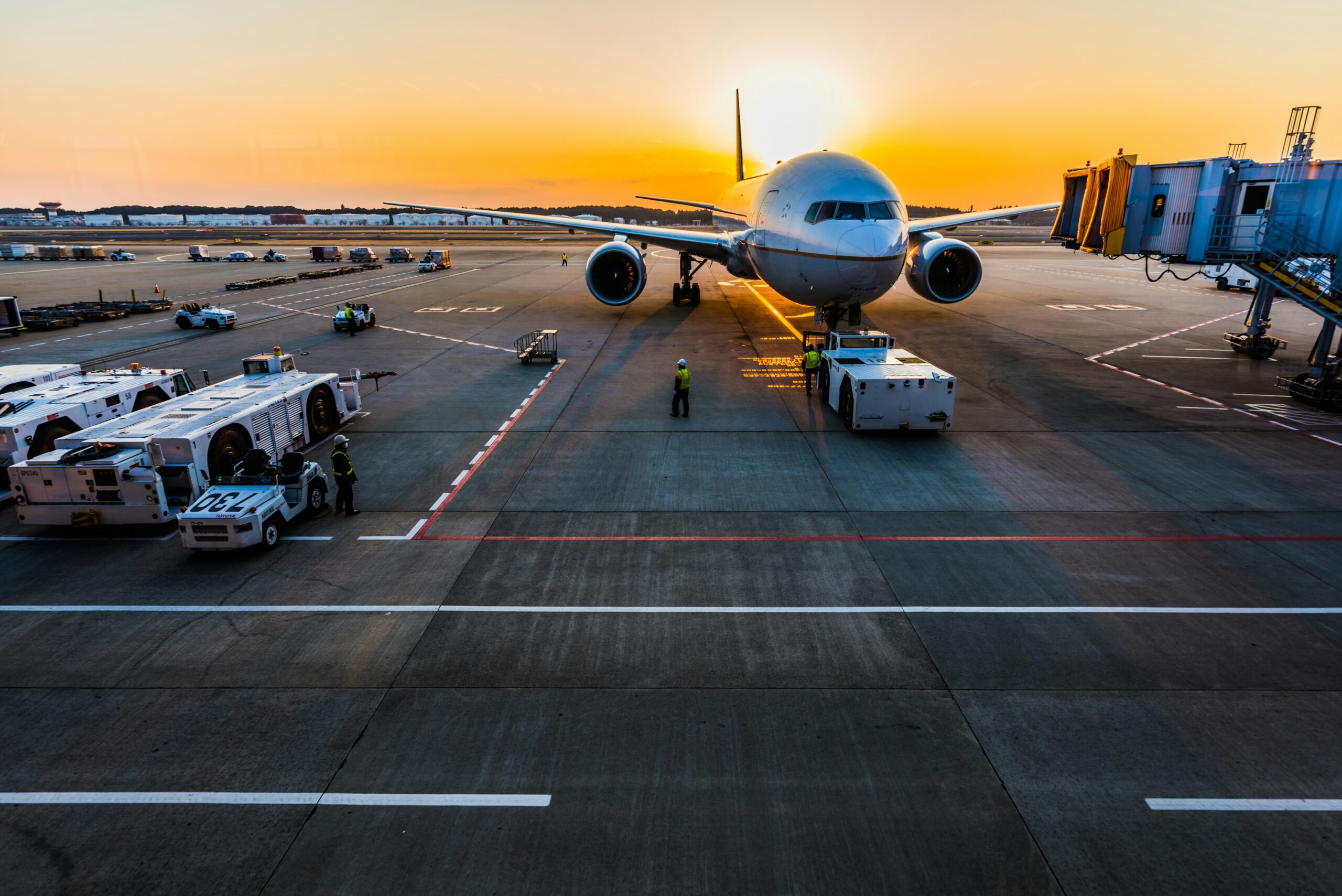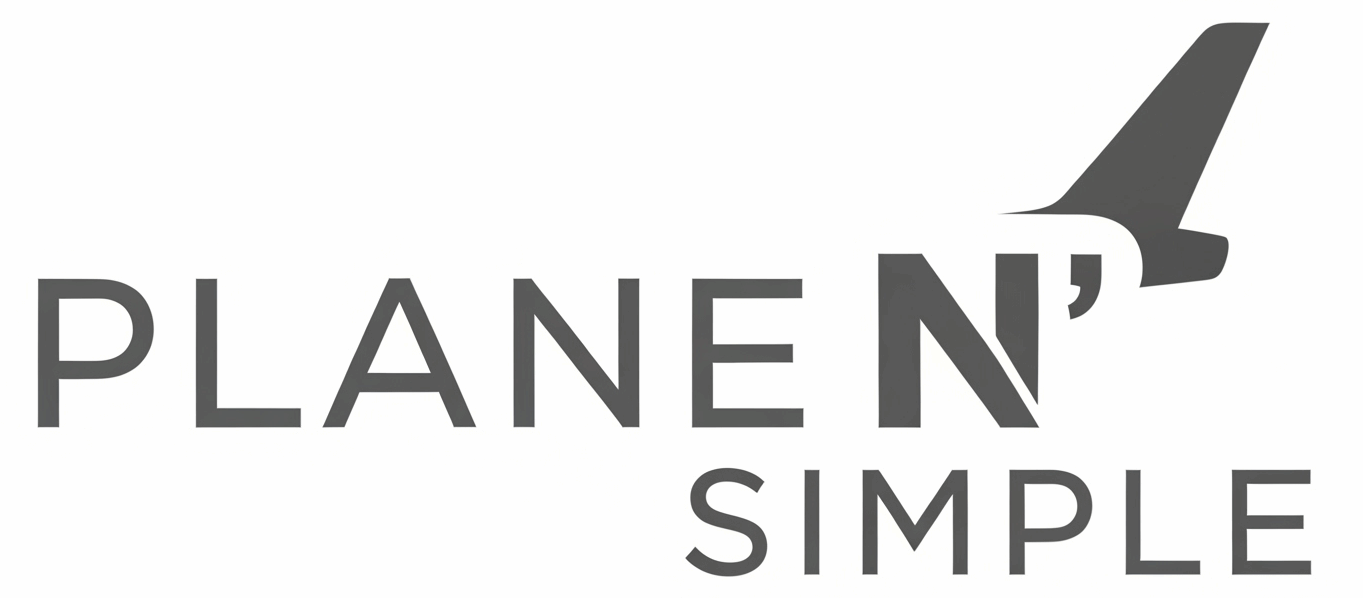The Uncomfortable Truth: Airlines Are Addicted to Loyalty Programs, And It’s Both Their Salvation and Their Trap

I’ve been watching the airline industry’s financial reports with fascination this year, and the numbers tell a story that should make every frequent flyer pause and think. No major U.S. network airline achieved a positive operating profit margin in 2024 from passenger transport alone. Let that sink in for a moment. The business of actually flying people from point A to point B is a money losing proposition for every single major carrier.
The real money? It’s all in those little plastic rectangles sitting in your wallet.
The Sobering Reality Behind the Numbers
When you strip away the loyalty program revenues, the picture becomes stark. United Airlines had an 8.9% operating margin with loyalty revenues, but would’ve had a -1.9% margin without them. Delta’s numbers are even more dramatic. A 10.5% operating margin becomes a -2.5% margin when you remove their SkyMiles cash cow. But Southwest takes the cake here: their 1.2% operating margin would have been a catastrophic -19.9% without loyalty revenue.
The Economist recently highlighted this dependency, noting that in Q2 2025, Delta would have operated at a loss if it relied solely on revenue from passengers, despite notching up a $2.1 billion operating profit. American Express wrote Delta a check for roughly $2.1 billion in that quarter alone. That’s equivalent to the airline’s total operating profit.
Think about what this means. Airlines aren’t transportation companies anymore. They’re financial services companies that happen to operate airplanes. The scale is breathtaking: Delta says that roughly 1% of America’s GDP is spent through its co-branded cards.
The Loyalty Industrial Complex
The transformation has been breathtaking to watch unfold. Running a loyalty program enjoys a 30% to 80% operating margin, employs much less staff, and has no airplanes to maintain, no pilots, and no unions. Compare that to the razor thin margins of actually operating flights, and you can see why airline executives have become completely enamored with selling miles instead of selling seats.
But here’s where it gets really interesting and concerning. The loyalty programs have become so valuable that for many airlines the value of their loyalty programs is in excess of the valuation of the company itself. American Airlines is perhaps the most extreme example, where their AAdvantage program was valued at $25.5 billion while the entire company’s market cap was around $6 billion.
The Dangerous Addiction
This should terrify anyone who cares about the long term health of commercial aviation. Airlines have essentially become drug dealers, and loyalty points are their product. They’re running their core business flying airplanes as a loss leader to support their real business of manufacturing and selling a currency that only has value within their own ecosystem.
The pandemic proved just how central these programs have become to airline survival. United raised $6.8 billion backed by its MileagePlus program, Delta borrowed $9 billion using SkyMiles as collateral, and American Airlines secured a record $10 billion financial transaction backed by its AAdvantage program’s intellectual property and cash flows. When airlines couldn’t fly, they survived by leveraging their loyalty programs as financial assets.
But here’s the kicker: only 29% of miles are earned via flying and a whopping 71% are “purchased” by third parties at United. Think about that. Less than a third of the miles in circulation come from people actually flying. The rest are manufactured out of thin air and sold to banks.
I keep thinking about what happens when this music stops. What happens when credit card companies decide these partnerships aren’t worth it anymore? What happens when regulators step in with more scrutiny? The Department of Transportation announced it would launch an investigation into the programs to ensure consumers are treated fairly, and that’s just the beginning.
The most troubling part is that airlines seem to have given up on making their core business profitable. Instead of figuring out how to operate flights efficiently and price them appropriately, they’re doubling down on financial engineering. Selling miles to banks has represented the entire profit at American Airlines, suggesting that they otherwise lose money moving passengers from one place to another on their planes.
This creates a perverse incentive structure. Why focus on operational excellence, ontime performance, or customer service when your real money comes from manufacturing a digital currency? Airlines are essentially running a sophisticated version of a company store. They create their own money, sell it to banks, and then those banks give it away to encourage spending on credit cards.
The Uncomfortable Questions
This raises some uncomfortable questions that I don’t think the industry wants to confront, and frankly, that mainstream coverage like The Economist’s recent piece oversimplifies:
The U.S. Market Distortion: The Economist’s analysis, while accurate, misses a crucial point. This loyalty program dependency is largely a uniquely American phenomenon. U.S. carriers benefit from massive domestic volume and interchange fees that hit $187 billion annually. In contrast, European carriers face interchange fee caps of just 0.3% for credit card transactions. This means the loyalty industrial complex that’s keeping American airlines afloat simply can’t be replicated elsewhere.
The Volume vs. Premium Fallacy: American carriers have built their entire model around domestic volume and credit card spending rather than operational excellence or premium service delivery. Meanwhile, international carriers like Emirates, Singapore Airlines, or Lufthansa focus on operational efficiency, premium service, and connecting global markets. The American model works only because of regulatory arbitrage high interchange fees that essentially tax the entire economy to subsidize airline operations.
The Infrastructure Question: If airlines can’t make money flying people at current prices, what happens when they need to invest in new aircraft, pay for sustainable aviation fuel, or handle the next major crisis? Will they just mint more miles? The Economist notes that airlines use these programs as “useful tools of corporate finance,” but this is financial engineering masquerading as business strategy.
The Competitive Landscape Illusion: The article suggests this model could expand further, but what happens to the competitive landscape when the barrier to entry isn’t about operating efficient flights, but about building loyalty program partnerships? New entrants can’t just start an airline anymore they need to build a financial services operation first.
Potential Paths Forward: Beyond the Loyalty Trap
While The Economist article treats this dependency as potentially sustainable and expandable, I see several ways airlines could break free from this addiction, though it would require fundamental changes to their approach:
Focus on Operational Excellence: Airlines could actually try to make money flying planes. This means investing in fuel efficient aircraft, optimizing route networks, improving load factors, and yes, charging appropriate prices for their services. International carriers prove this is possible.
Premium Service Differentiation: Instead of competing solely on price in domestic markets, airlines could focus on service quality, reliability, and passenger experience. Singapore Airlines doesn’t need to rely on credit card partnerships because people are willing to pay for their product.
Cargo and Freight Integration: Rather than treating cargo as an afterthought, airlines could develop integrated logistics operations. FedEx and UPS prove that aviation can be profitable when properly focused.
Ancillary Revenue Done Right: Instead of nickel and diming passengers, airlines could offer genuinely valuable optional services. Priority boarding that actually means something, meals worth paying for, Wi-Fi that works.
International Expansion: U.S. carriers could focus more on profitable international routes where they can command premium pricing, rather than being addicted to domestic volume.
Operational Simplification: Southwest’s original model worked because of operational simplicity. Airlines could return to basics. Fewer aircraft types, simpler route structures, faster turnarounds.
The irony is that the loyalty program success has made airlines lazy about their core business. When you can print money through credit card partnerships, why bother improving ontime performance or customer service?
What This Means for Travelers
For those of us who’ve built travel strategies around these programs, we need to start thinking differently. These programs aren’t sustainable in their current form. One in three social media posts about airline loyalty programs carries a negative tone, and that sentiment is getting worse, not better.
The Economist points out that “the system is also showing signs of strain. Lounges are overcrowded. Card fees keep climbing.” Chase’s Sapphire Reserve now costs $795 annually, up 45% from the year before. American Express is expected to hike its Platinum card fee from $695 this autumn. Airlines are also facing regulatory threats they successfully lobbied against interchange fee caps in June, but those proposals may reemerge.
We’re essentially living through the creation and evolution of private currencies. Airlines have figured out how to mint their own money and sell it to banks. As one industry observer noted, airline miles are “like bitcoin, but even more anarchist” because there’s code but it doesn’t serve as law.
The parallel to monetary policy is striking. Taking the simplest formulation of mv=pq, where the number of miles and speed at which consumers want to redeem them has to equal the quantity of available seats times the redemption price. When airlines expand their mile supply faster than they add seats, you get loyalty program inflation. Just like when the Federal Reserve expands the money supply faster than the economy grows.
But here’s what The Economist misses, this is fundamentally unsustainable because it’s built on regulatory arbitrage rather than value creation. When interchange fees are eventually capped (as they have been in Europe), when regulators crack down on these programs, or when consumers revolt against ever increasing fees, the whole house of cards comes tumbling down.
I’ll keep watching these numbers closely, but I’m not optimistic about where this trend leads. The Economist treats this as a potentially sustainable business model, but I see it as a house of cards built on regulatory arbitrage. When your core business is a loss leader for your loyalty program, and that loyalty program only works because of favorable U.S. interchange fee regulations, you’re not really an airline anymore. You’re a bank that happens to own some airplanes.
The writing is on the wall. Airlines have become dependent on a business model that prioritizes short term financial engineering over long term operational excellence. And that’s not a sustainable place for an industry that’s supposed to be about moving people safely and efficiently around the world.
The real question isn’t whether this model can expand further. It’s what happens when it inevitably contracts. And when that day comes, the airlines that focused on actually being good at flying planes will be the ones left standing.


The airlines do not run “loyalty programs”, and they are not in financial services. Put plainly, these are advertising platforms. Grocery and retail are doing the same thing, calling theirs Retail Media Networks.
All you wrote is correct. And this tendency has been developing for the past 10 years. But so is the crypto currency – which by the way does not even have a storefront or customer service to talk with. Crypto money are made out of thin air, still people invest in it, banks started to support it, heck you can even buy certain things with it. And yet – the crypto is still thin air at the end of the day, with ZERO real VALUE, and ZERO backup business.
So in that sense, airline miles are more “solid”. And they are more straightforward to use – they like a promissory notes from the company, offering a future service to investors. Also it’s backwards: banks LOVE miles, and pushing those schemes to airlines as much as they can – making great profits from bank cards. Those banks, like AMEX, are the real “bad” players in this case, dictating the rules to airlines and consumers, and skimming businesses with fees. Just look at the profits of Chase, BofA, Citi – rich getting richer.